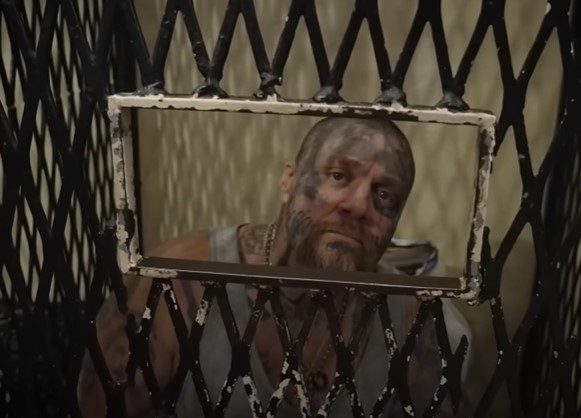San Quentin State Prison in California is notorious for housing some of America’s most dangerous criminals on its death row.

Known for its high-security measures and stringent regulations, San Quentin offers a grim insight into the lives of those condemned to die.
This blog post delves into the realities of death row, the stories of the inmates, and the impending changes to this controversial institution.
Life on Death Row
San Quentin’s death row currently houses over 300 prisoners. Inmates live in small cells measuring four feet by ten feet, spending most of their time in confinement.
They are allowed out of their cells for only 20 hours a week, during which they must undergo strip searches, be handcuffed, and are constantly monitored by armed patrols.
Stories from the Condemned
Each inmate on death row has a unique and often dark story. For instance, Robert Galvin, originally serving a life sentence for kidnapping, killed his cellmate to get a death sentence.
He believed this was his only chance to get back into court and secure a competent lawyer. Such narratives highlight the desperate and often violent measures inmates take within the prison walls.
Conditions and Regulations
The environment on death row is described as oppressive and parasitic. Inmates are subjected to rigorous and dehumanizing routines, including strip searches and constant surveillance.
The uncertainty of their fate adds to the psychological burden, as they wait for their execution date or hope for a change in their sentence.
The Demise of Death Row
Governor Gavin Newsom imposed a moratorium on the death penalty in California, labeling it as state-sponsored premeditated murder.
This policy shift reflects the growing opposition to the death penalty, influenced by factors such as racial and economic disparities in sentencing.
As a result, death row at San Quentin is set to be dismantled. Inmates will be transferred to other facilities where they will serve life sentences without the possibility of parole.
This move aims to emphasize rehabilitation over execution, allowing inmates to learn new trades, socialize, and contribute to restitution efforts for their victims.
Reactions and Implications
While some inmates view this transition as a chance for a new life and potential rehabilitation, victims’ groups have voiced strong objections. They argue that condemned inmates avoiding execution undermine the justice sought by the victims’ families.
Future Prospects
The end of death row at San Quentin marks a significant shift in California’s approach to capital punishment. Although inmates will still serve life sentences, the emphasis on rehabilitation could pave the way for further reforms in the criminal justice system.
The fate of the death penalty in California remains uncertain, but for now, the move away from execution reflects a broader trend towards more humane treatment of prisoners.
Conclusion
San Quentin’s death row has long been a symbol of America’s har<a href="shest punitive measures. The impending closure of this facility signifies a major change in the state's approach to capital punishment.
As moves towards rehabilitation over retribution, the stories from San Quentin’s death row offer a powerful reminder of the complexities and challenges inherent in the criminal justice system.

















